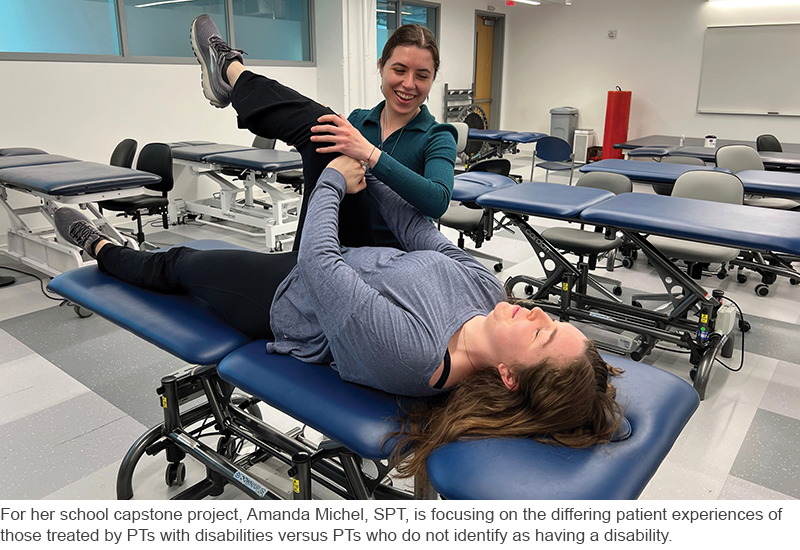
Physical therapists and physical therapist assistants are experts in movement – helping people with all ability levels. But what happens when providers in these roles also have disabilities? After all, people with disabilities make up the largest minority in the nation, representing over 27% of the adult population, according to the U.S. Centers for Disease Control and Prevention's Disability and Health Data System.